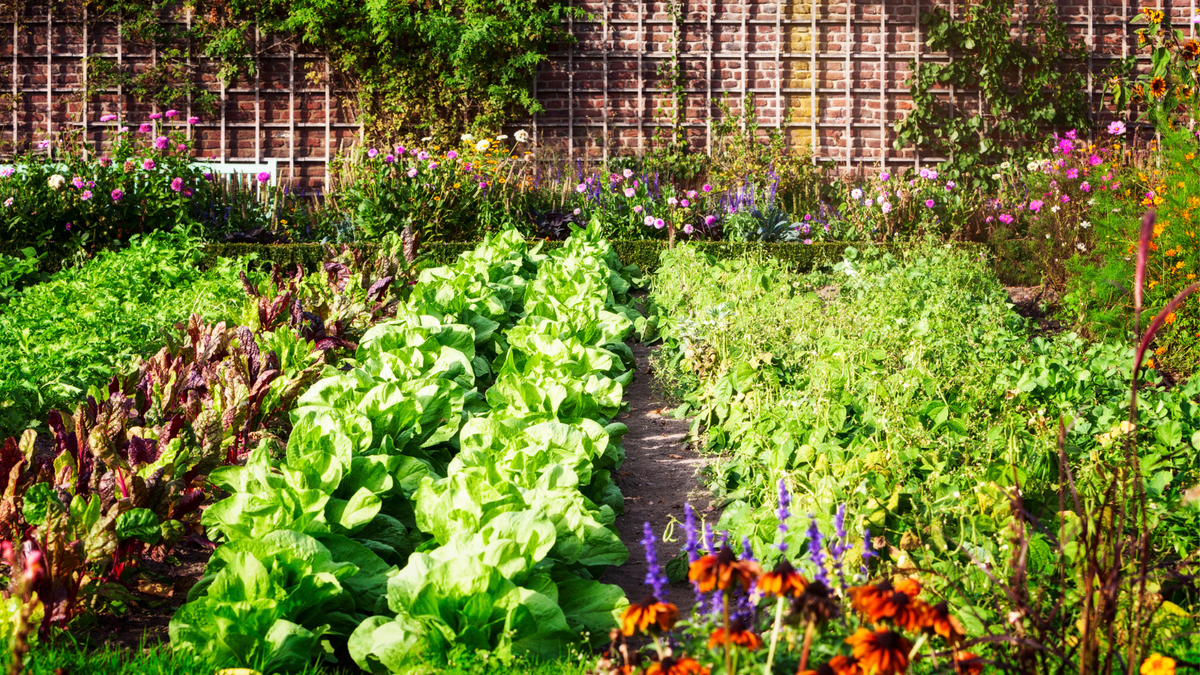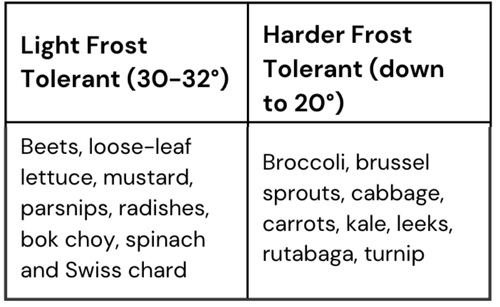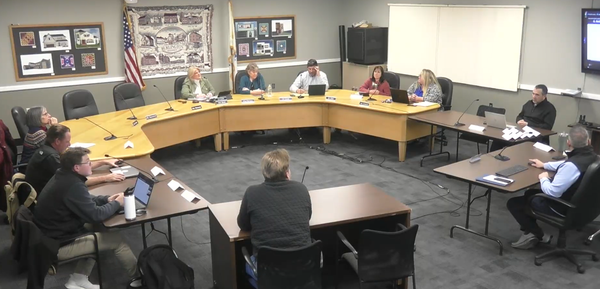Tips to extend your harvest into late fall

By Karin Oakes, Burlington Garden Club
Planting a fall garden has a number of advantages: cooler temperatures, less watering, fewer insect problems, and fresh, great-tasting crops.

This story was featured in our Fall Magazine
Read our magazine today for your guide to thriving this season in Burlington.
Cool season crops thrive on warm days and cool nights, they mature quickly, and you might even find you enjoy their taste more!

According to Burlington’s Master Gardener Peter Coppola, the September average high temperature ranges from 72° to 50°; those temps fall in October with a range of 62° to 39°. This year, the Farmer’s Almanac is predicting a cool and dry fall.
Early September can be a great time to sow fall vegetables. Why not drop some seeds into planters and hanging baskets? Get the kids involved and let them plant the carrots and lettuce.
Need tips? UMass, NewEngland.com, and Berkshire Botanical have you covered.
Check your seed packet: days to maturity should be 45-60 days. Longer maturity dates will require additional protective measures.
Plants grow more slowly in the fall, so add 7 days for the plant’s actual maturity date.
Add compost, manure or a little fertilizer to improve the soil if it’s already been used.
Plant seeds according to the packet. After the initial deep watering, you might be able to water a little less since the weather is cooler.
Add mulch or black plastic to keep in the soil’s warmth as long as possible. This will also keep weeds down. Mulch root crops with straw or chopped up leaves before the ground freezes. The tops may die, but the roots should stay protected through a light frost. Did you know that carrots, beets, turnips, and parsnips are sweeter after a light frost?
If frost is likely, add row covers to hold in an additional 2 to 4 degrees of warmth and protect your plants from wind. Cold frames create an even warmer microclimate inside the frame as days shorten. To keep container plants safe, drape a sheet over the pots and move to a sheltered location.
For loose leaf lettuce, consider making consecutive plantings 10-14 days apart.
References
- The Farmer’s Almanac. Gardening Planting Calendar – Zip Code 01803
- Peter Coppola’s Vegetable Seed Sowing Table. Burlington Garden Club
- McCrate, C., & Halm, B. (2022). Grow More Food: A Vegetable Gardener’s Guide to Getting the Biggest Harvest Possible from a Space of Any Size. Storey Publishing, North Adams, MA, pp. 229–235.
- UMass Extension Service. Fall in the Vegetable Garden
- New England Fall Planting Guide. New England Today
- Be a Better Gardener: Starting Fall Crops. Berkshire Botanical Garden




